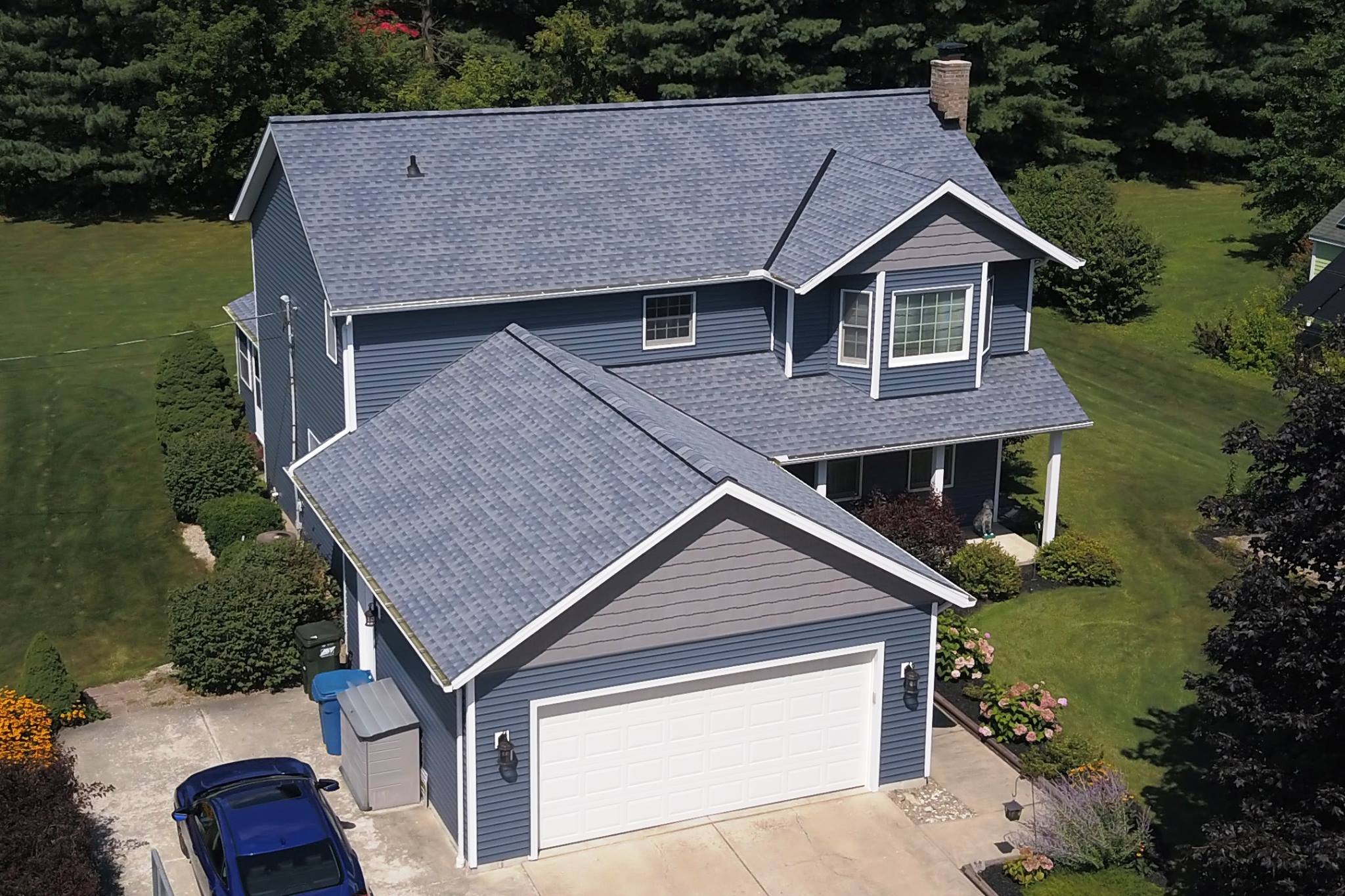
Installing a new roof is a significant investment for any homeowner, and understanding the process can help alleviate concerns and ensure a smooth experience. In Iowa, where weather conditions can vary widely throughout the year, knowing what to expect during the roof installation process is essential for homeowners planning a replacement. In this blog post, we’ll provide a comprehensive overview of the roof installation timeline, outlining the key steps involved and offering insights into what Iowa homeowners can anticipate during each phase.
Initial Consultation and Assessment
The roof installation process typically begins with an initial consultation between the homeowner and the roofing contractor. During this stage, the contractor will assess the condition of the existing roof, discuss the homeowner’s preferences and requirements, and provide recommendations for suitable roofing materials and designs.
In Iowa, where weather conditions can be harsh and unpredictable, contractors may also conduct a thorough inspection of the home’s structural integrity and assess any potential risks or challenges associated with the installation process. This initial assessment helps ensure that the project is tailored to the specific needs of the homeowner and the unique characteristics of their property.
Material Selection and Planning
Once the initial assessment is complete, the next step is to select the roofing materials and finalize the project plan. Iowa homeowners have a wide range of options when it comes to roofing materials, including asphalt shingles, metal roofing, slate, and tile.
During this phase, the contractor will work closely with the homeowner to choose the most suitable material based on factors such as durability, aesthetics, budget, and energy efficiency. The contractor will also provide a detailed project timeline, outlining key milestones and deadlines for each phase of the installation process.
Preparing the Site
Before the installation can begin, the contractor will prepare the site by removing the existing roofing materials and ensuring that the underlying structure is sound and free of any damage or defects. This may involve repairing or replacing damaged decking, reinforcing the roof structure as needed, and addressing any ventilation or insulation issues.
In Iowa, where inclement weather and temperature fluctuations are common, contractors may take additional precautions to protect the home and its occupants during the installation process. This may include installing temporary roofing or tarps to shield the interior of the home from the elements and minimize disruptions during the project.
Installation and Quality Control
Once the site has been prepared, the installation of the new roof can begin. The roofing contractor will carefully follow the project plan and manufacturer guidelines to ensure that the installation is completed according to industry standards and best practices.
During the installation process, the contractor will perform regular quality control checks to verify that each step is executed correctly and that the finished roof meets the homeowner’s expectations and specifications. This may involve inspecting the placement and alignment of shingles, ensuring proper flashing and ventilation, and conducting leak tests to confirm the integrity of the roof system.
Final Inspection and Clean-Up
After the installation is complete, the contractor will conduct a final inspection of the roof to ensure that all work has been performed to the highest standards and that the homeowner is satisfied with the results. Any remaining debris or materials will be removed from the site, and the area will be thoroughly cleaned and inspected for safety.
In Iowa, where weather conditions can change rapidly, contractors may also provide guidance on maintenance and care to help homeowners protect their investment and ensure the long-term performance of their new roof. This may include recommendations for regular inspections, gutter cleaning, and other preventive measures to minimize the risk of damage and extend the lifespan of the roof.
Conclusion
Understanding the roof installation process is crucial for Iowa homeowners planning a replacement project. By knowing what to expect during each phase of the process, homeowners can make informed decisions, communicate effectively with their contractor, and ensure a successful outcome. With careful planning, attention to detail, and the guidance of a qualified roofing professional, homeowners can enjoy a durable, reliable roof that provides lasting protection for their home and family.